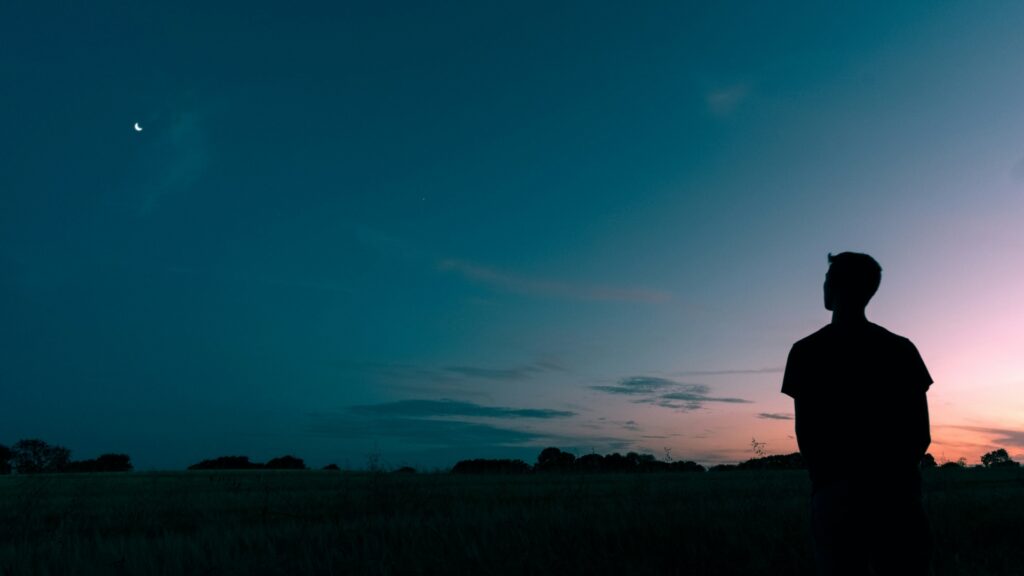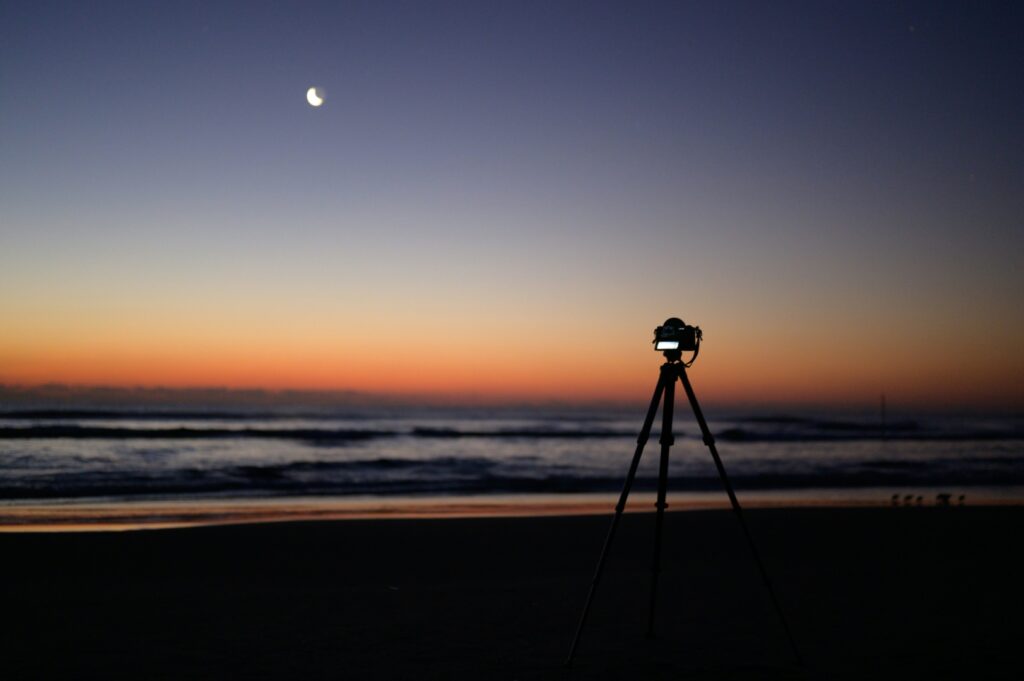The Last Supermoon of 2024: A Celestial Treat to Catch This Month
The final supermoon of 2024 will appear in the night sky on Thursday, promising a bright, expansive view of Earth’s moon.
This supermoon will reach a distance of 225,000 miles from Earth, with its full lunar phase occurring on Friday. If you miss this one, the next chance won’t arrive until 2025.
This event follows the Taurid meteor shower but precedes the Leonids meteor shower peak later this month. Notably, the closest supermoon of the year happened in October, at just over 222,000 miles from our planet.
Understanding the Supermoon
The term “supermoon” is not officially scientific. It simply designates a full moon that is closest to Earth in its orbit. Though the supermoon is marginally larger, it can appear up to 30% brighter than a typical full moon.
How to Capture the Supermoon on Your Smartphone
Taking a clear photo of the full moon with a smartphone can be tricky, but it’s possible with these straightforward tips:
Step I: Charge Your Phone and Bring a Backup Battery
Moon photography can drain your battery quickly, so start with a full charge and bring a portable backup just in case.
Step II: Timing and Positioning Are Key
Use a moonrise calculator to find out when the moon will rise in your area. Choose a location with a clear view to the east, such as a beach or high ground, to minimize obstructions.

Step III: Use a Tripod for Stability
A tripod for your smartphone will reduce blurriness. If you don’t have one, try resting your phone on a firm surface and utilize a shutter delay to avoid movement.

Step IV: Lock Focus and Adjust the Exposure
Press and hold your screen on the moon to lock in the focus, then adjust the exposure manually. This is helpful when the moon is close to the horizon and displays warmer colors.
Step V: Shoot in RAW Mode
Activating RAW mode in your phone’s settings enhances detail and dynamic range, allowing you to capture both the moon and its surroundings effectively.
Step VI: Use Binoculars or a Telescope
For enhanced detail, align your smartphone with binoculars or a telescope to get a closer view of the moon.

Bonus Tip: Consider photo apps like Camera+ 2 or VSCO to control ISO and shutter speed for more creative options and to reduce instances of overexposure.
For more on Consumer Tech, check out Benzinga’s coverage by following this link.
Photo by Paitoon Pornsuksomboon on Shutterstock
Read Next:
Disclaimer: This content was partially produced with the help of Benzinga Neuro and was reviewed and published by Benzinga editors.
Market News and Data brought to you by Benzinga APIs

